One can never enter the Probe space. Probe is a landscape.
‘Viewing a landscape through a window implies a separation. A window breaks the connection between being in a landscape and seeing it.’
‘Any concept of the window implies a notion of the relationship between inside and outside.’ 1
Susan van Hengstum reference

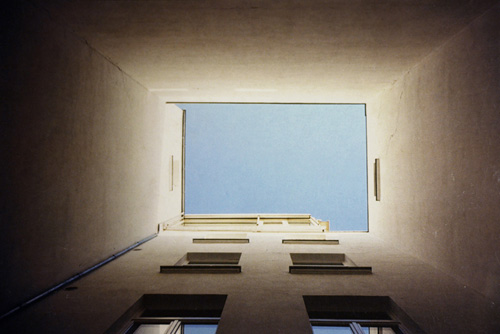
Wolfgang Tillmans, Himmelblau, 2005
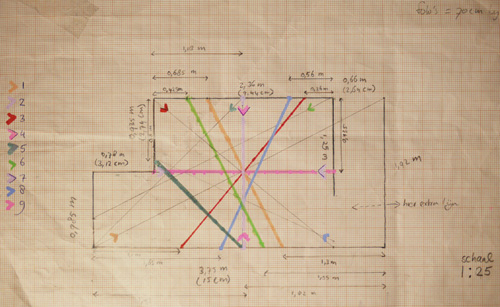
Architecture, photography and cinema have created a ‘standardization of ways of seeing’
‘But what does one see when one's eyes, depending on sighting instruments (ed. And I believe it's no difference in architecture), are reduced to a state of rigid and practically invariable structural immobility? One can only see instaneous sections seized by the Cyclops eye of the lens’. 2
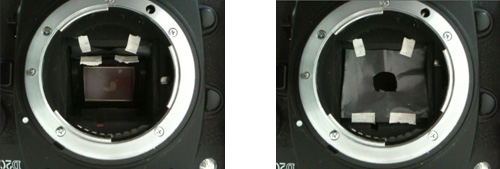
In Probe, the architectural structure and its reproduction in photography are intertwined and in constant dialogue with each other.
‘And yet it is significant that when this same built architectural piece enters the bi-dimensional space of the printed page it returns to the realm of ideas. The function of photography is not to reflect, in a mirror image, architecture as it happens to be built. (...)
Photography and layout construct another architecture in the space of the page. Conception, execution, and reproduction are separate, consecutive, moments in a traditional process of creation. But in the elliptic course of Le Corbusier's process this hierarchy is lost. Conception of the building and its reproduction cross each other again.’ 3

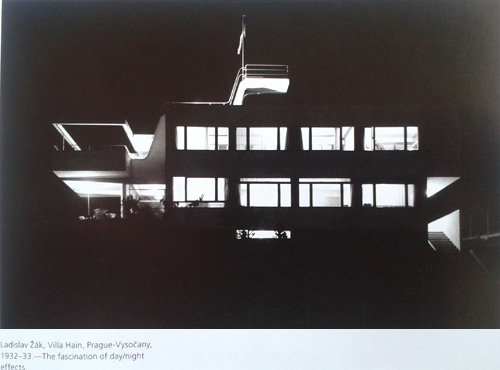
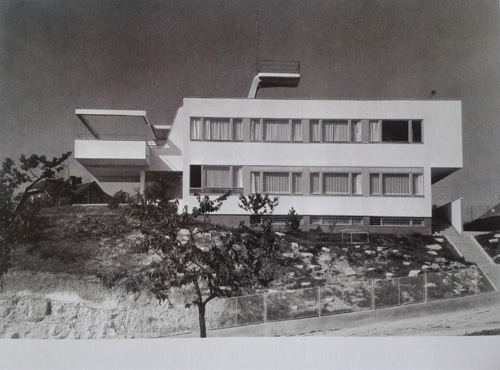

Architecture, cinema and photography provide a uniform framework of conditions through which an image is presented.
‘Cinema provides matter for simultaneous collective reception, the way architecture has always done.’ 4

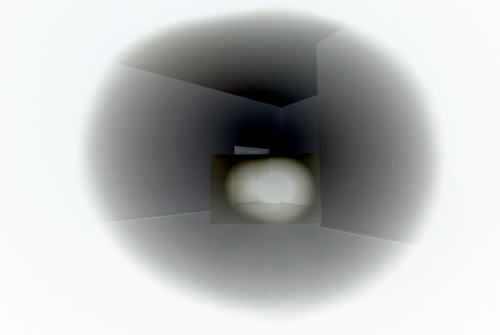
It's hard to imagine our daily lives without the rectangular shape as a framework through which we observe the world.
‘Let us therefore admit that all those things to which he is trained and accustomed seem natural to man and that only that is truly native to him which he receives with his primitive, untrained individuality.’
‘Thus custom becomes the first reason for voluntary servitude.’ 5
1
Beatrice Colomina, Le Corbusier and photography, Assemblage, No. 4, MIT press, Oct., 1987, p20
2
Paul Virillio, The vision machine, trans. Jane Rose, BFI, 1994, P13
3
Beatrice Colomina, Le Corbusier and photography, Assemblage, No. 4, MIT press, Oct., 1987, p14
4
Walter Benjamin, A brief History of photography (1931), trans. Stanley Mitchell, Screen 13:1, 1972
5
Etiene de la Boetie, The Politics of obedience: the discourse of voluntary servitude (1552 or 1553), trans. Harry Kurz, Ludwig von Mises Institute, 2008, p58
